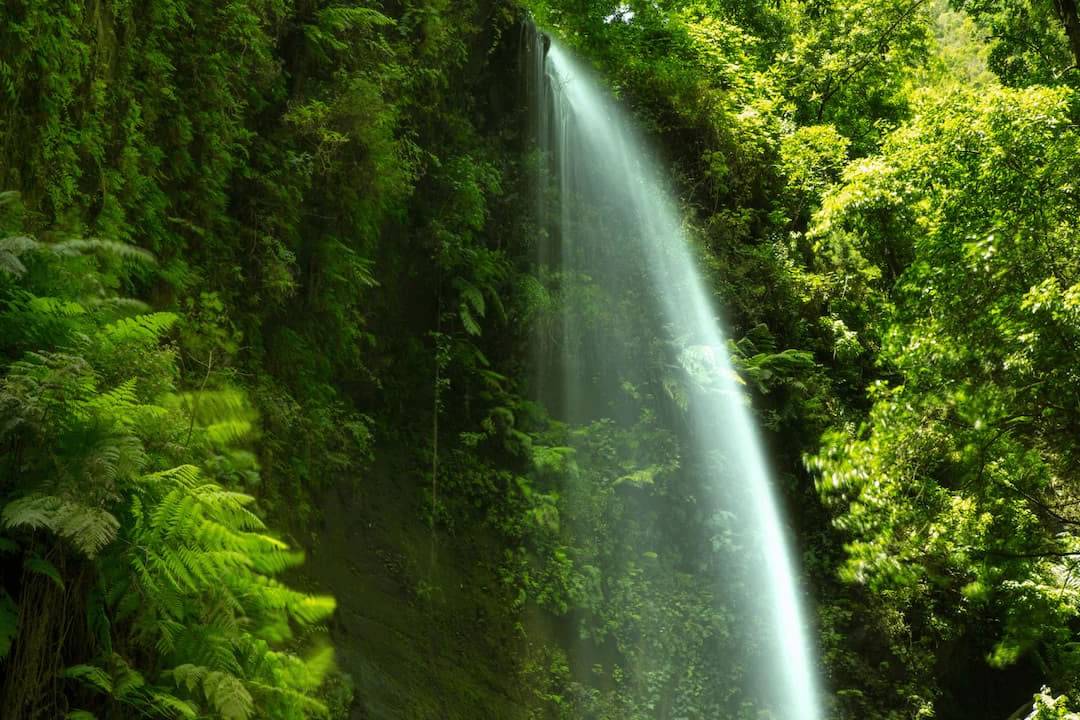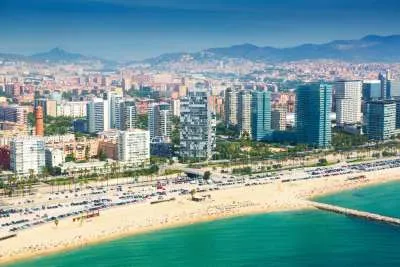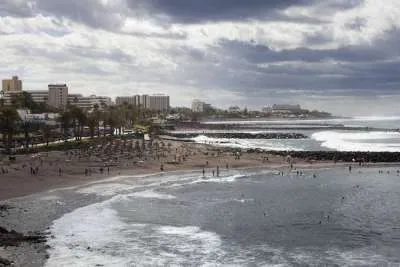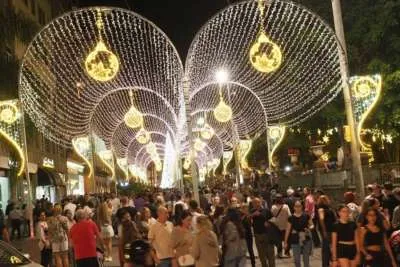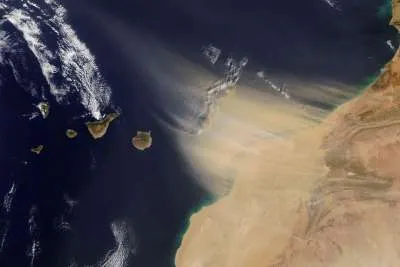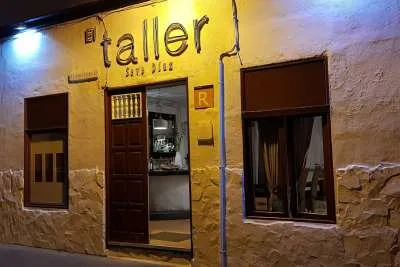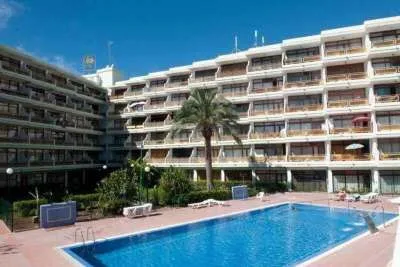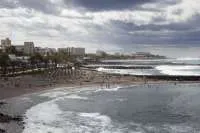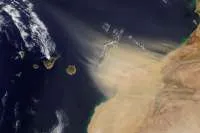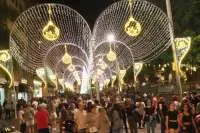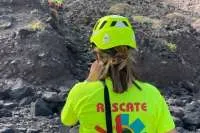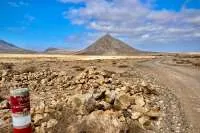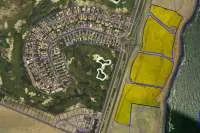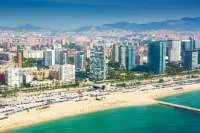An extraordinary natural paradise in the Canary Islands: The Laurisilva Forests
- 30-12-2024
- Travel
- Canarian Weekly
- Photo Credit: Turismo de Canarias
The Canary Islands are home to an extraordinary natural treasure that dates back 20 million years: the laurisilva, or laurel forests. This ancient ecosystem, found primarily on the westernmost islands of the archipelago, is a lush remnant of the subtropical forests that once covered much of the Mediterranean basin during the Tertiary period.
Recognised as a UNESCO World Heritage Site, the laurisilva stands as a testament to the islands' unique biodiversity and geological history.
A Unique Ecosystem
The laurisilva, a type of temperate rainforest, thrives under specific conditions. It is composed of laurel-like tree species such as laurels, viñátigos, tilos, mocanes, and acebiños.
These forests flourish in the humid, north-facing slopes of the Canary Islands, often beneath a phenomenon known as the "horizontal rain," formed by the condensation of trade wind clouds against the island’s rugged terrain. With mild temperatures ranging from 15 to 19 degrees Celsius and annual rainfall between 500 and 1,100 millimetres, the laurisilva provides an ideal habitat for an array of flora and fauna.
This forest type is a living relic, the last surviving expression of the lush vegetation that dominated the Mediterranean millions of years ago. While the harsh advance of desert climates led to its disappearance in other regions, the Macaronesian archipelagos—comprising the Canary Islands, Madeira, and the Azores—preserved this ecosystem thanks to their unique climatic and topographical conditions.
UNESCO Recognition and Protection
The laurisilva forests gained international recognition in 1983 when a portion of the forest in La Palma, specifically the El Canal and Los Tilos estate, was designated the first UNESCO Biosphere Reserve in the Canary Islands.
This 511-hectare protected area safeguarded the macaronésic laurel forest's delicate ecosystem. Today, the Los Tilos Biosphere Reserve has expanded to encompass 13,420 hectares, incorporating several protected natural areas, including the Integral Natural Reserve of Pinar de Garafía and the Natural Park of Las Nieves.
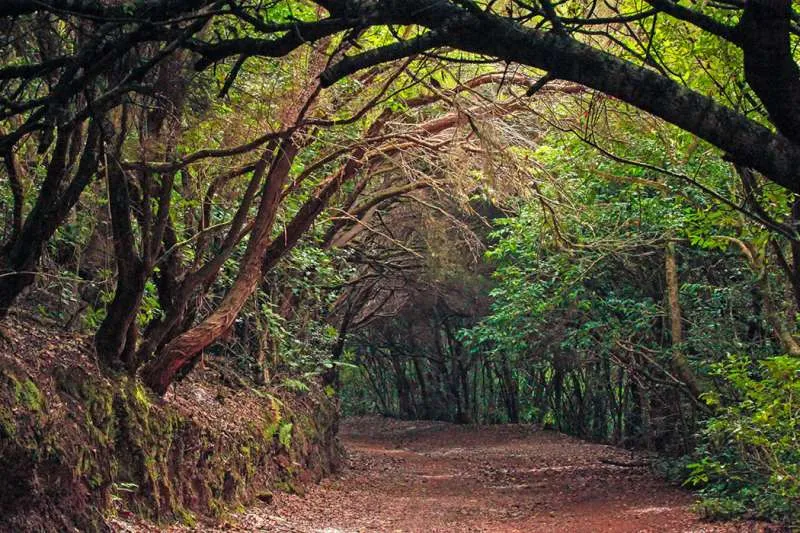
Exploring the Laurisilva in La Palma
Among the highlights of La Palma’s laurisilva is the Cubo de La Galga trail, located within the Natural Park of Las Nieves. This accessible and scenic route offers two options: a circular path through the densest laurel forest or a longer trail that leads to the San Bartolomé viewpoint and continues toward Puntallana or San Andrés y Sauces. The route spans about 12 kilometres with a manageable elevation gain of 750 metres, making it suitable for hikers of all levels.
Visitors are advised to wear appropriate clothing and footwear and carry food and water to enjoy this breathtaking environment safely.
Other Laurisilva Forests in the Canary Islands
While La Palma is a prime location for exploring laurisilva, other islands in the Canary archipelago boast equally stunning examples. La Gomera’s Garajonay National Park, a UNESCO World Heritage Site since 1986, is another remarkable representation of this ecosystem. Tenerife also features laurisilva in the Anaga Rural Park, a UNESCO Biosphere Reserve, and the Monte del Agua within the Teno Massif.
Laurisilva Beyond the Canaries
Beyond the Canary Islands, laurisilva can also be found in the Portuguese archipelagos of Madeira and the Azores. On the European mainland, Los Alcornocales Natural Park in southern Spain is the only place where laurel forests still exist, further underscoring the rarity and significance of this ancient ecosystem.
With its prehistoric charm and unparalleled biodiversity, the laurisilva of the Canary Islands is a natural wonder admired around the world, offering visitors a unique journey back in time to a lush, ancient world.
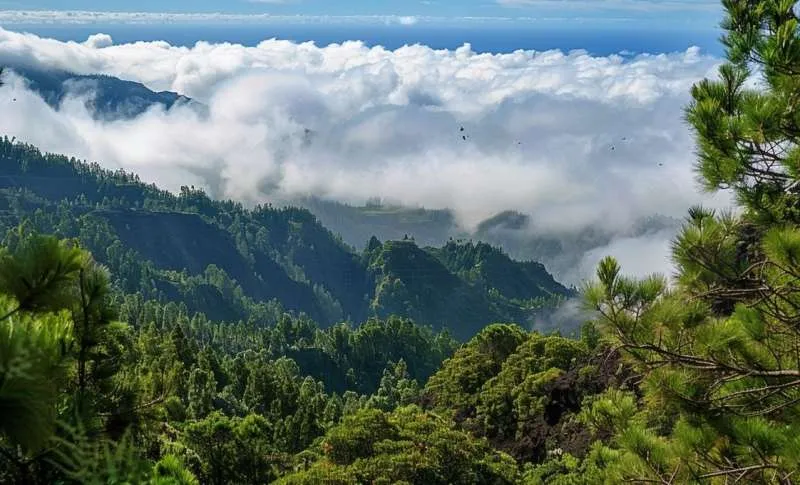
Other articles that may interest you...
Trending
Most Read Articles
1.
2.
Featured Videos
A Vision of Elvis Tenerife Promo
- 10-05-2025
TEAs 2025 Highlights
- 17-11-2025


